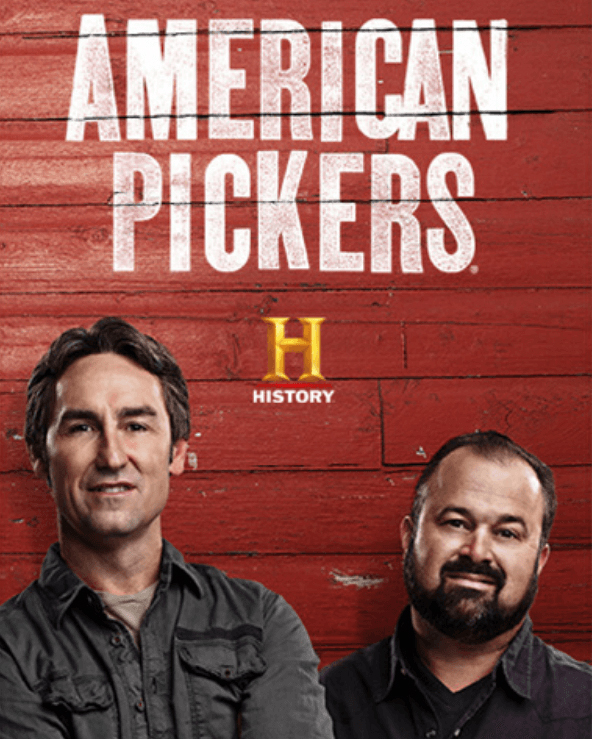– By #Pioneer Auto Show
With the start of the school year right around the corner, we are bombarded with “Back to School” commercials reminding us to hurry up and stock up on the necessities before the highly anticipated first day of classes. Although it is pretty uneventful to shop for most of the items that make it to school supply lists, there is one that has allowed us to showcase our creativity and share our interests for almost 70 years – the lunchbox. Before you head out to brave the shopping masses, read a little more about the interesting history behind these important contraptions, and how they have become a staple in our day to day life.
In the early 1900’s, the need to transport meals from one place to another was not as widespread as it is today. Blue collar workers made up the majority of the population that required a container in which to carry their lunch, and they primarily used heavy-duty metal pails in order to keep their sandwiches protected from the surrounding bustling work site. Schoolchildren that lived in rural areas also had to find a way to transport their lunches each day, unlike those who lived in the city and could easily walk home and eat a hot, home-cooked meal during their lunch break. Kids that did take their meals to school would often mimic their parents’ metal pails, using empty cookie or tobacco tins to haul their sandwiches and snacks.
A more kid-friendly lunchbox was introduced to the world in 1935: a lithographed tin bearing the image of the ever popular Mickey Mouse. These containers quickly became must-haves for the increasing amount of children that remained at school to eat in the afternoon. The amount of lunches being taken to school further soared after World War II, when more and more mothers were joining the workforce in the growing effort to provide for their families.
Despite the early popularity of the first batch of lunchboxes, the golden age of lunchboxes actually began in 1950, when the first lunchbox based on a children’s show, Hopalong Cassie, was produced. An astonishing 600,000 were sold in the first year alone, and marked the start to manufacturers releasing a plethora of lunchboxes featuring popular characters and themes. Choosing a lunchbox became an important decision for kids, who would beg their parents to buy them the latest lunchbox so they could show it off to their friends. It also became a big moneymaker for companies like Aladdin, who was the main producer of lunchboxes until the late 1990’s.
Between 1959 and the 1980’s, lunchboxes slowly morphed into the versions we often see today. First, the vinyl lunchbox hit shelves, then the 60’s saw the metal versions slowly turn into an all-plastic model that contained a vacuum bottle to hold liquids. In the 1970’s, the vacuum bottle was also replaced with plastic lined with insulated foam. Since plastic is fairly inexpensive to manufacture, companies began to utilize it more than metal, and soon vinyl and plastic lunchboxes made up the majority of lunchboxes on the market, which is a trend that continues to this day.
Today, many people still use lunchboxes on a daily basis, with most being high tech containers made of vinyl and plastic that are convenient to tote around and will keep food at the desired temperature for hours. The lunchboxes of the past aren’t just collecting dust, however; models from the 50’s and 60’s regularly get sold for thousands of dollars, and amassing a collection of them is a popular hobby.
So, the next time you’re in Murdo, South Dakota, pay a visit to the world famous Pioneer Auto Show to view some of our vintage lunchboxes from years past!
Last Modified:




